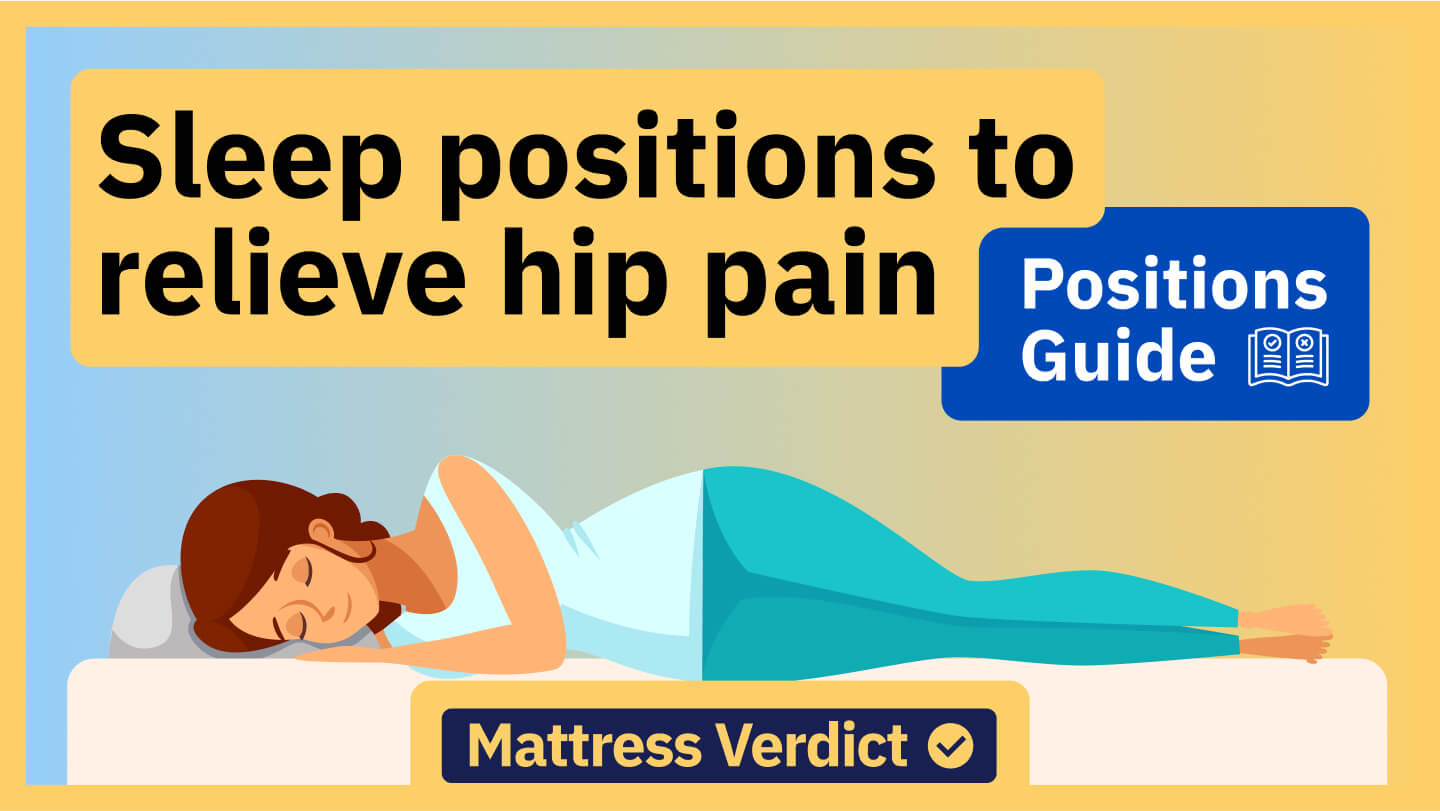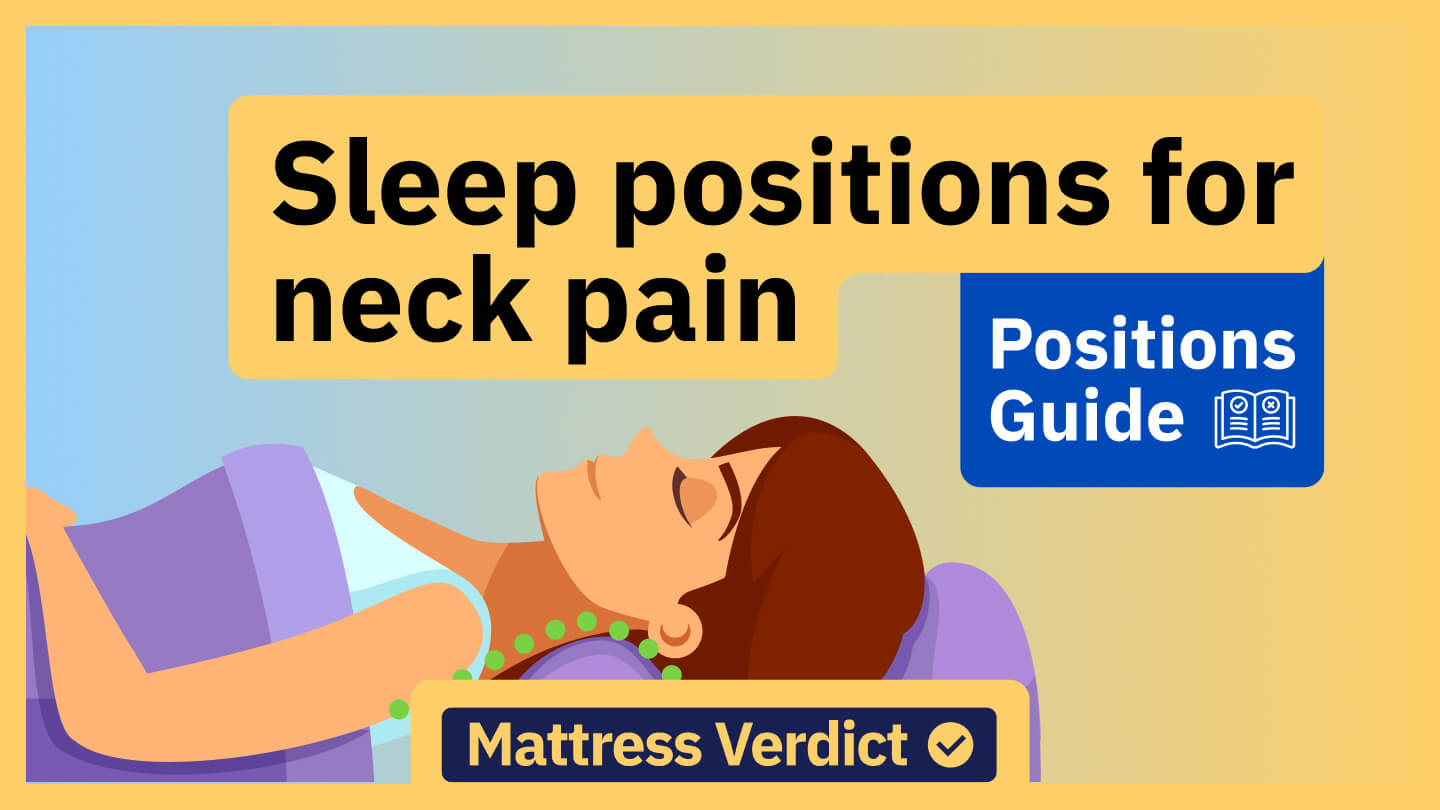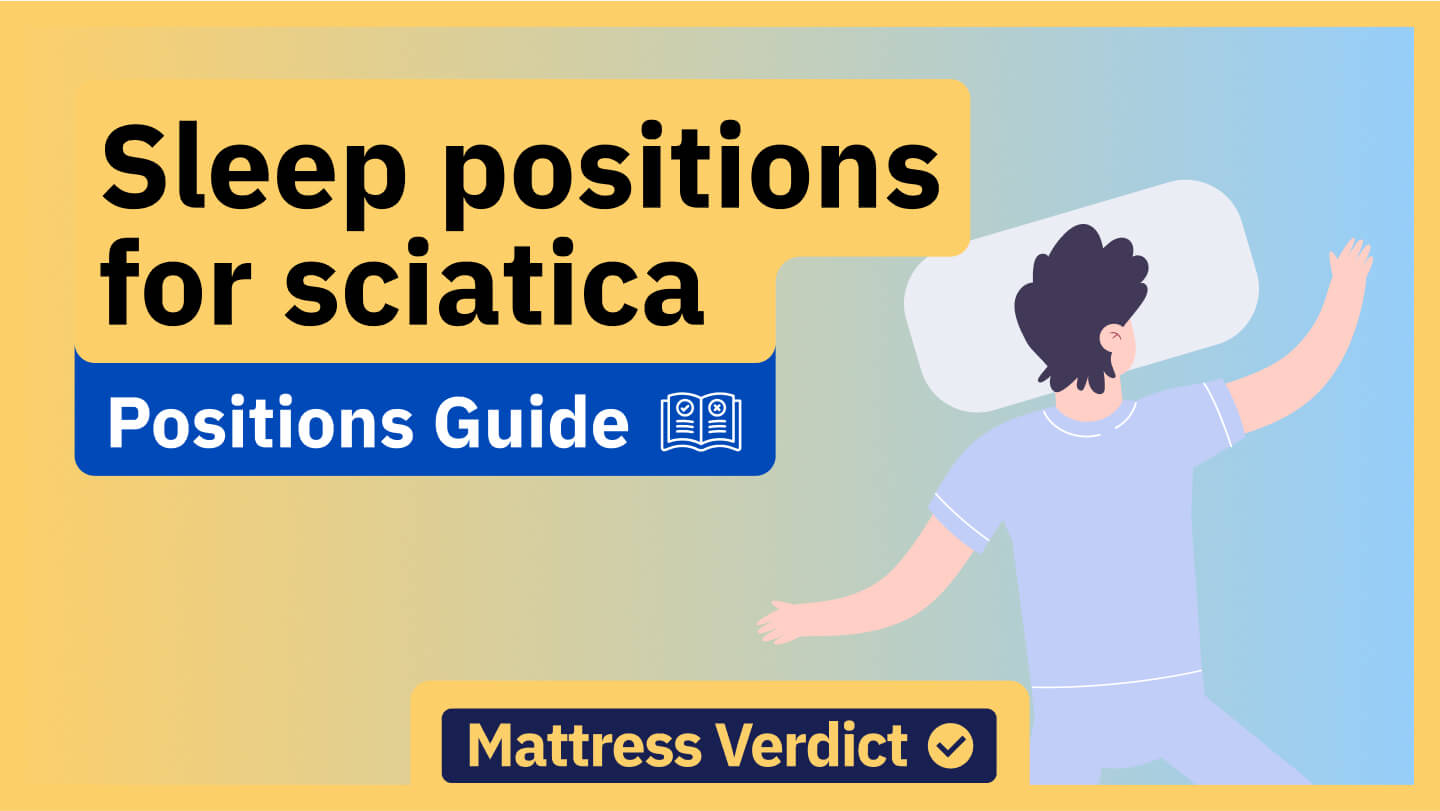

Laryngomalacia is a congenital disability that some children are born with. It poses breathing and swallowing difficulties for newborn babies. Laryngomalacia is caused when the soft tissue above the vocal cords is unusually soft. This softness causes the larynx to collapse into the respiratory tract.
Sleeping with laryngomalacia is difficult for infants. This condition limits their air intake and interrupts their sleep. In some cases, the limited oxygen intake leads to further health complications. If you are searching to help your baby with laryngomalacia sleep comfortably, Mattress Verdict offers valuable insight into laryngomalacia and different sleeping positions to help you cope.
Key Takeaways
- Laryngomalacia makes it impossible for infants to sleep at night.
- There are helpful tips for coping with this condition.
- If left untreated, laryngomalacia could lead to more life-threatening conditions.
- Laying your baby in the correct sleeping posture will help them rest better.
- You should consult a medical professional when you notice any laryngomalacia symptoms.
How to Sleep with Laryngomalacia
Finding the best sleeping position for infants with laryngomalacia is difficult since there are few laryngomalacia sleep positions in general.
Like many worried parents, you might ask, "How should a baby with laryngomalacia sleep?” Medical experts make the following recommendations for infants with laryngomalacia sleep problems.
Laying Infants on Their Backs
The best sleeping position for infants with laryngomalacia is on their backs. Placing infants on their backs opens up their respiratory tracts. This position also prevents the larynx from collapsing and blocking the airways. Therefore, medical professionals describe sleeping on the back as one of the best sleeping positions for sleep apnea, snoring, and other respiratory challenges. Experts also recommend this sleeping position because it reduces the chances of sudden infant death syndrome (SIDS).
Place your infant on its back. Use a relatively flat pillow to tilt its head by thirty degrees. This posture is how to stop babies from sleeping with their mouths open. This position also ensures that their respiratory tracts remain neutral and unobstructed.
Laying your baby on its back is safer than laying it on its stomach. One way to worsen laryngomalacia is by sleeping on the stomach. Placing your infant on their stomachs increases the chances of gastroesophageal reflux. This position also makes it easier for gastrointestinal fluids to enter your child's respiratory tract. Such an occurrence could result in severe choking and possible death.
Place Extra Pillows
Many infants tend to roll onto their sides or stomachs while they sleep. This change of posture often results in fatality. After laying them on their backs, you should place extra pillows by your baby's sides. This way, you prevent the infant from rolling in their sleep and endangering their lives.
Use a Firm Mattress
Using the best laryngomalacia sleeping position without the right mattress will limit your baby's comfort. You should lay your baby on a firm mattress that adequately supports their weight. This way, their heads remain in a neutral position while they sleep. Standard soft mattresses will not provide the solid base your baby needs. You can find the right mattress for your baby by taking the Mattress Verdict quiz.
Causes and Symptoms of Laryngomalacia
Laryngomalacia is not a disease or health condition that develops over time. Affected children are born with laryngomalacia. While many might link this condition to genetics and inadequate antenatal care, there is insufficient evidence to explain the cause of laryngomalacia. Most laryngomalacia cases disappear without any form of treatment or surgery.
Symptoms of Laryngomalacia
Although the cause of laryngomalacia may be unclear, its symptoms are impossible to miss. Here are the most common symptoms of laryngomalacia you will quickly notice.
- Noisy Breathing: Noisy breathing or stridor is the most noticeable sign of laryngomalacia. It is caused by the obstruction of airflow in the respiratory tract. This noise might often be a whistling sound or high-pitched wheezing. Stridor worsens as the infant grows but ceases when the child outgrows the condition. Also, laryngomalacia worsens when the infant catches a cold.
- Chest Retractions: The obstructions in the airway make breathing more difficult and limit oxygen intake. The body tries to compensate for this loss and increase air intake. Therefore, you might notice the neck muscles and chest contracting abnormally. These retractions are usually short and intermittent but could last for lengthy periods.
- Choking: Gastroesophageal reflux is the most commonly associated condition of laryngomalacia. This condition causes the infant to regurgitate and vomit ingested fluids. In many cases, these regurgitated fluids cause the baby to choke and develop other breathing complications. In many cases, this reflux also exposes the baby’s respiratory tract to harmful acids that could cause severe injuries.
- Weight Loss: Due to feeding difficulties and gastroesophageal reflux, infants with laryngomalacia do not easily gain weight. They are also at risk of losing initial weight and becoming skinnier as laryngomalacia symptoms worsen.
- Nursing Difficulty: Feeding infants with laryngomalacia is often impossible. Ingested fluids usually force the larynx to collapse and block the esophagus. This condition causes swallowing difficulties and makes the infant spit out their food.
- Aspiration: This condition occurs when ingested fluids get into the infant's lungs. Aspiration makes breathing more difficult and causes the baby severe discomfort. In some cases, regurgitated gastric acid finds its way into the lungs. Such an occurrence will cause damage to the soft linings of the lungs and result in more severe health challenges.
- Turning Pale: Infants with laryngomalacia have limited air intake. This lack of adequate air usually results in cyanosis. Cyanosis is an indication of low blood oxygen levels. This condition causes the baby’s skin to turn pale and appear bluish.
Tips on Managing Laryngomalacia at Home
Although laryngomalacia affects only infants, parents are not spared the discomfort. Many parents might become worried as their infant struggles. They might also find it impossible to sleep at night due to the laryngomalacia and sleep apnea challenges their infants face. Although health experts recommend surgery in extreme laryngomalacia cases, infants are expected to outgrow this condition.
However, here are some tips to help your baby cope with laryngomalacia and sleep more comfortably.
Sleep Training
You might struggle to find sleep positions to stop coughing and other respiratory complications interrupting your infant's sleep. Laying your baby in the most comfortable sleeping position for laryngomalacia is vital to ensuring adequate rest. However, infants are often fussy and tend to change their sleeping positions at night. But you can use laryngomalacia sleep training to overcome this problem.
Once you have placed your child in the optimal position, add extra pillows by the sides to wedge the infant securely. This way, you prevent them from rolling onto their sides or stomachs while sleeping.
Feeding Positioning
You can improve your child's feeding by making a few changes to their feeding position. Avoid laying your child on their back while nursing them. Adjust the infant so that the head is slightly raised above its body. Also, hold the child upright for about 30 minutes after feeding them. This way, you allow their food to settle properly. Gently burping them in this position will also help reduce the regurgitation risk.
Consult a Dietician
Laryngomalacia increases the risk of reflux. Therefore, you should avoid feeding your child fluids that might upset their stomachs. Orange juices and other citrus fruits cause stomach upset in some infants. You should consult a dietician to help you identify the best food for your infant.
Frequently Asked Questions
Why is laryngomalacia worse at night?
Like many concerned parents, you might wonder, "Why is laryngomalacia worse at night?" Wrong sleeping positions are the most common factors that worsen laryngomalacia symptoms at night. Also, inadequate protection against cold weather could worsen laryngomalacia at night.
When does laryngomalacia peak?
If you ask, "When does laryngomalacia peak?" here's what you need to know - laryngomalacia peaks in infants between their first 4 to 8 months. Symptoms of the condition begin to reduce after this period as the infant outgrows laryngomalacia.
What are the red flags of laryngomalacia?
You might wonder, "What are the red flags of laryngomalacia?" The most common symptom of laryngomalacia is noisy breathing. However, other signs might indicate that your infant is at greater risk. Watch out for paling skin and chest retraction in affected infants.
Is laryngomalacia genetic?
If you have multiple infants suffering from laryngomalacia, you might be asking, "Is laryngomalacia genetic?" There is insufficient evidence to link laryngomalacia to hereditary genes. Many experts blame this condition on inadequate antenatal care.
Do babies with laryngomalacia snore?
If you are wondering, "Do babies with laryngomalacia snore?", here's what you should know. Laryngomalacia causes respiratory obstructions that make an infant's breathing noisy. This condition is known as stridor, which can be mistaken for snoring in extreme cases.
Does laryngomalacia affect sleep?
If you are asking, "Does laryngomalacia affect sleep?" Yes, it does. Laryngomalacia causes respiratory complications that make sleep difficult. However, you can reduce this discomfort by laying your infants on their backs while they sleep.




